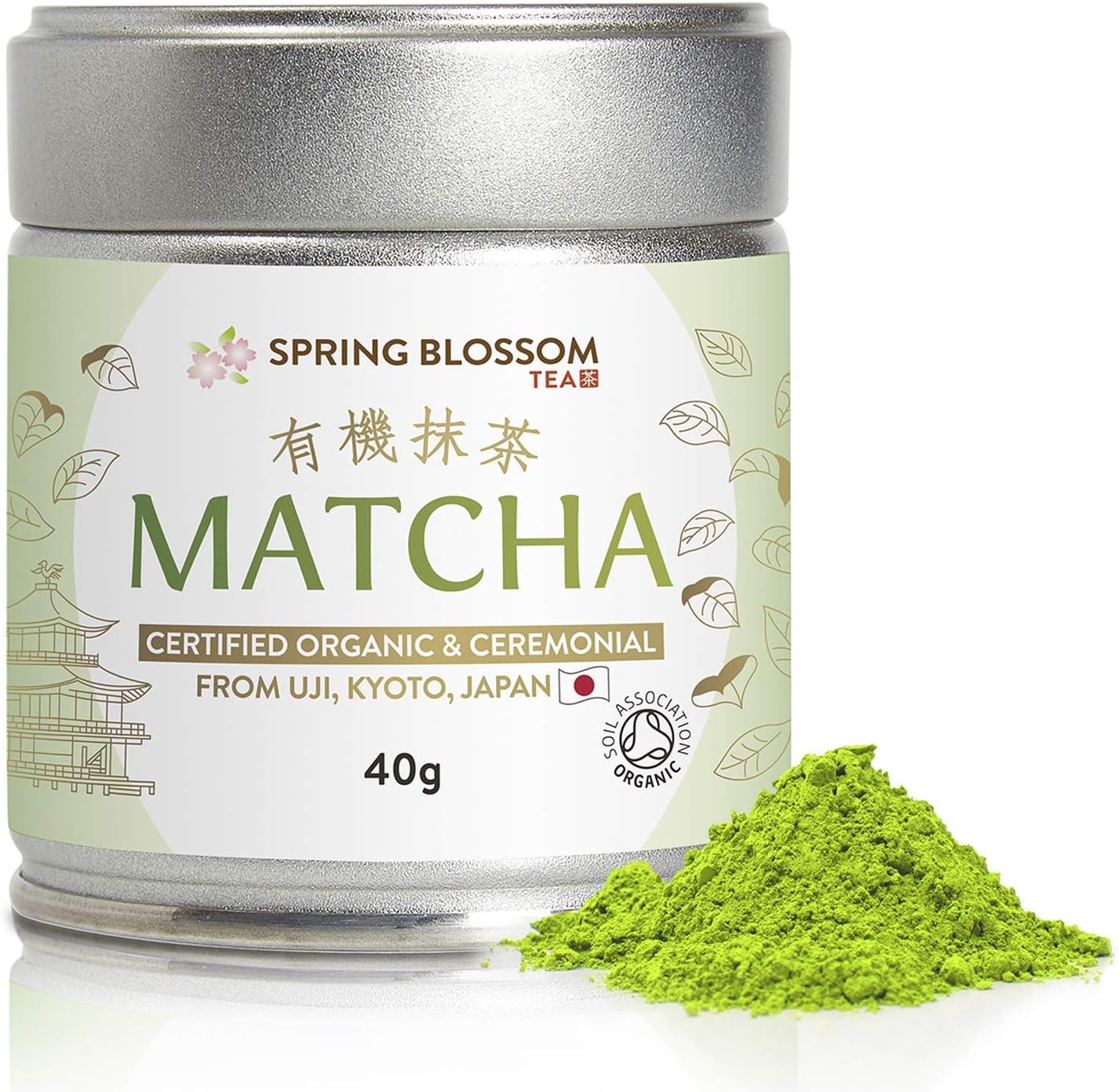Mastering Japanese Verbs: Unlocking the Mystery of Ichidan and Godan
Posted on: 2024-12-01 | at: 02:08:14
Hello, hungry Japanophiles! 🐾
Are you ready to dive into the world of Japanese verbs? If you’re like most Japanese learners, you’ve probably heard about ichidan and godan verbs and thought, “Wait, what?” Don’t worry—we’re here to break it all down for you in a fun and simple way! By the end of this post, you’ll feel like a verb ninja, ready to tackle anything the JLPT N2 throws your way. Let’s go!
What Are Verbs, Anyway?
Before we get into the juicy stuff, let’s talk about verbs. Verbs are action words—they tell us what’s happening! In Japanese, verbs are super special because they’re like transformers; they change their endings depending on the situation.
For example:
たべる (taberu) = to eat
たべます (tabemasu) = I eat (formal)
たべたい (tabetai) = I want to eat
See how the beginning stays the same, but the ending changes? That’s the magic of Japanese verbs!
Ichidan vs. Godan: Two Types of Verbs
Japanese verbs are divided into two big families: ichidan and godan.
Let’s meet them!
Ichidan Verbs (一段)
These are the “easy-going” verbs. They’re like your chill friend who never changes too much.
Example: たべる (taberu) = to eat
How to spot them:
They almost always end with る (ru).
The part before る (like たべ) stays the same, no matter how you change the verb.
Godan Verbs (五段)
These verbs are a little wilder. They like to change their shape depending on what’s happening.
Example: のむ (nomu) = to drink
How to spot them:
They end in sounds like う, つ, む, く, ぐ, ぶ, す, or sometimes る.
The part before the ending (like の in のむ) changes depending on how you use the verb.
Let’s Talk About the “Stem”
The stem is like the “root” of the verb—the part that doesn’t change. Think of it as the base of a tree, with different branches (endings) growing out of it.
For example:
In たべる (taberu), the stem is たべ (tabe).
In のむ (nomu), the stem is の (no).
The 5 Stems of Godan Verbs
Here’s where godan verbs get their name: “Go” (五) means “five,” and these verbs have five different stems! Each one is used for different endings.
Let’s use のむ (nomu = to drink) as an example:
1. のま (noma) – Used for negative forms (e.g., のまない = don’t drink).
2. のむ (nomu) – Used for plain form (e.g., のむ = to drink).
3. のめ (nome) – Used for commands (e.g., のめ! = Drink!).
4. のもう (nomou) – Used for “let’s” (e.g., のもう = Let’s drink).
5. のん (non) – Used for things like のんで (te-form) = Drink (and then).
It’s like the verb is wearing a different outfit for each occasion!
Did You Know る Is a Verb Too?
Here’s a fun fact: る (ru) isn’t just part of a verb—it’s actually a verb all on its own!
いる (iru) = to exist (for living things).
ある (aru) = to exist (for non-living things).
These verbs are super important because they’re used all the time!
Verb Endings: The Fashion Accessories of Verbs
In Japanese, the verb ending is like a fancy accessory that changes the meaning of the verb. Let’s look at a few examples:
1. たべる (taberu) = to eat (plain form)
2. たべます (tabemasu) = to eat (formal)
3. たべたい (tabetai) = want to eat
4. たべなかった (tabenakatta) = didn’t eat
The stem stays the same (たべ), but the endings switch up depending on what you’re trying to say.
Why Do Some Words Change Almost Completely?
Godan verbs can feel a bit tricky because sometimes it looks like the whole word is changing. For example:
かう (kau = to buy) → かいます (kaimasu = buy [formal])
What’s happening here?
The う changes to い to match the new ending.
This happens because Japanese verbs follow specific sound patterns based on their five stems.
It might seem confusing at first, but once you learn the rules, it becomes second nature!
Quick Tips to Master Japanese Verbs
1. Practice, Practice, Practice: Start with a few common verbs and practice changing their endings.
2. Flashcards Are Your Friends: Write the different forms on flashcards to test yourself.
3. Play with Verb Endings: Try using verbs in sentences to see how the meaning changes.
A Fun Challenge for You!
Let’s practice! Can you figure out the forms for these verbs?
1. はなす (hanasu = to speak)
2. よむ (yomu = to read)
3. おきる (okiru = to wake up)
Try turning them into their polite forms (ます), negative forms (ない), and te-forms (て). Share your answers in the comments below!
Now you’ve got the basics of ichidan and godan verbs down. High-five! Learning Japanese verbs might feel like solving a puzzle, but once you crack the code, it’s super satisfying. Keep practicing, and soon you’ll be using verbs like a pro.
Until next time—がんばって! (Ganbatte!)


